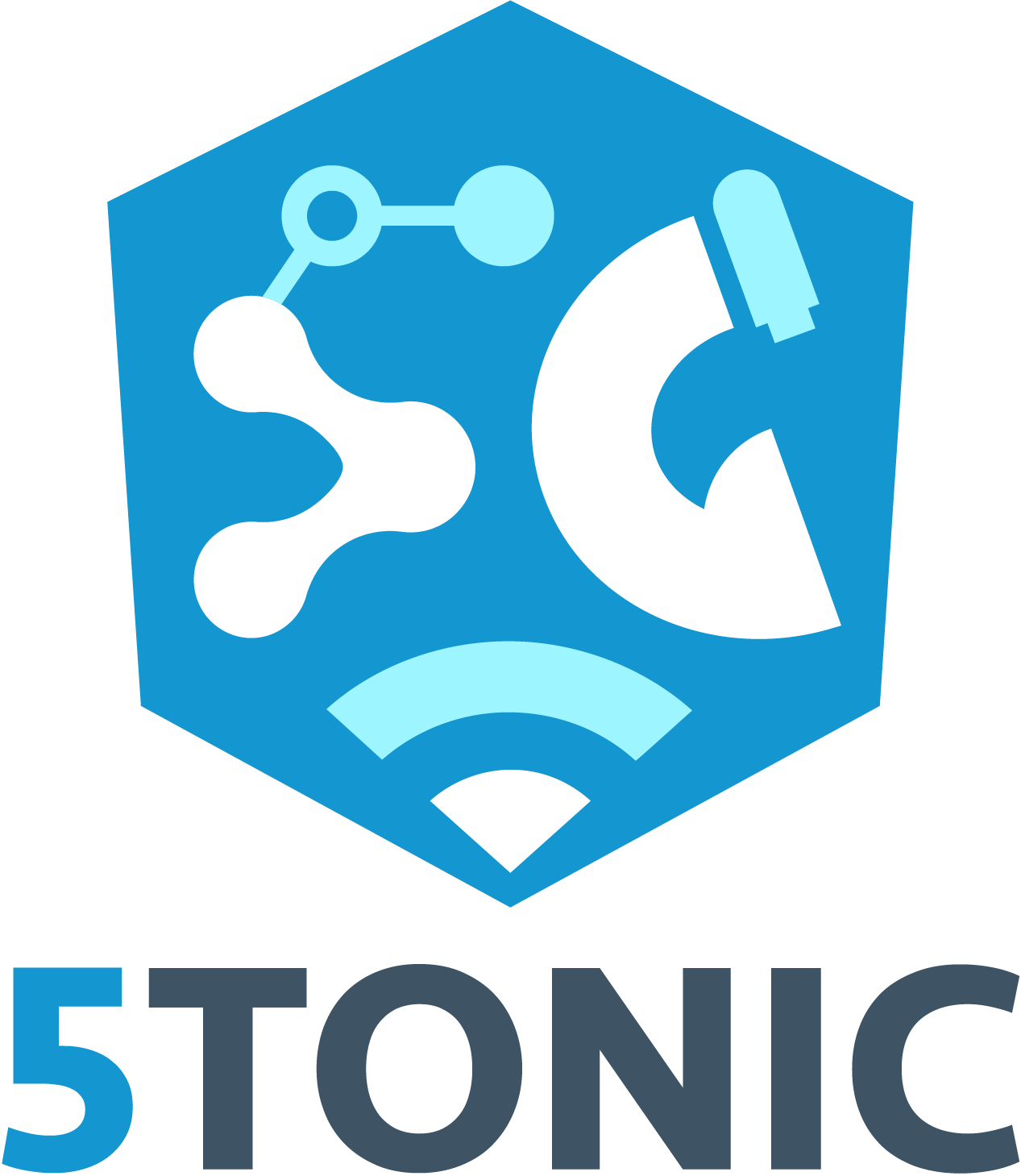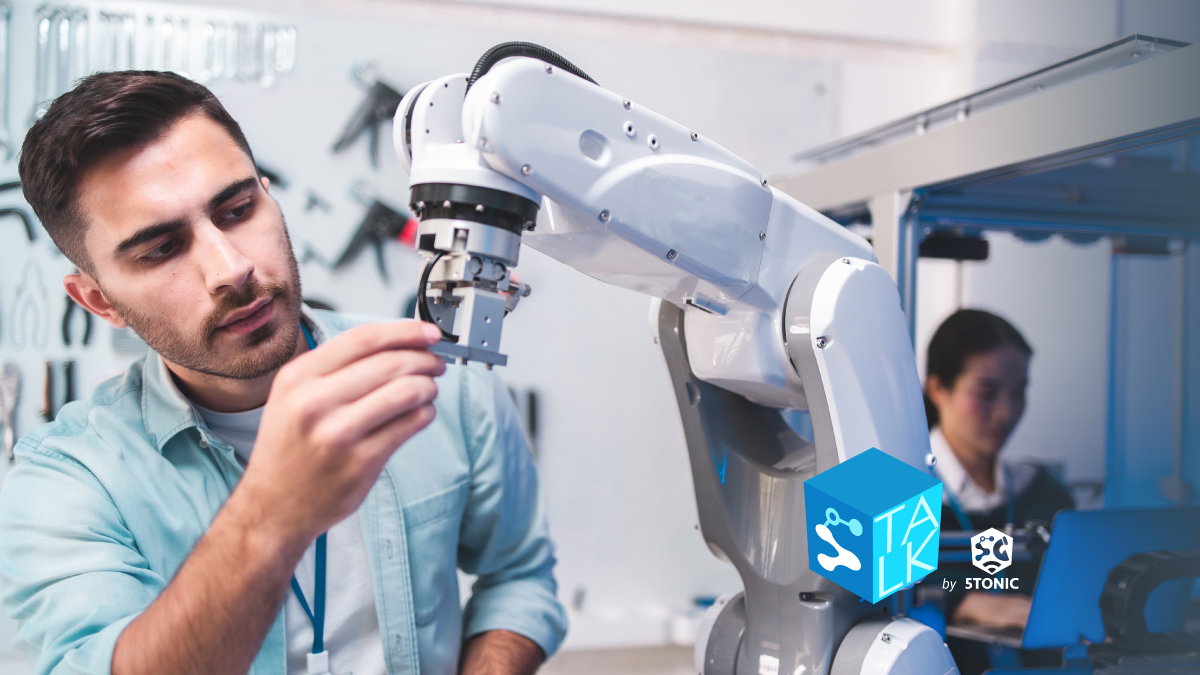Industry 4.0 and the need for an innovation ecosystem
With more than 25 years of experience working in technology, Navarro shares that the energy industry is experiencing the greatest change thanks to Industry 4.0, since it´s «one of the most advanced sectors that is benefiting from analytics and data management, which allows the best type of energy to be used at the right time, as well as reducing costs». He also mentions that the medicine sector is another key player, that also thrives on Industry 4.0 in more than one aspect, such as 3D printing for prostheses and even for tissues that are combined with biomaterials.
For Navarro, there has been an unprecedented technological progression in recent decades. However, he assures that companies, regardless of their size, «haven’t managed to solve yet the real causes that have a negative impact on their productivity and efficiency and, consequently, on their income statement». Among these causes, the lack of digital culture or knowledge of the real needs of customers.
As for the percentage of digitalized industries in Spain, he comments that «in Spain, only 5% of industries are fully digitalized. And if we talk about SMEs, that percentage is much lower.”
Given this situation, he acknowledges that companies are receptive to adopting innovation and digitalization in their processes and operations. In fact, one of the main strategic axes of the Spain Digital Agenda 2025 is to accelerate the digitalization of companies, especially SMEs and start-ups. The goal is to reach at least 25% of the business volume of SMEs from e-commerce by 2025.
The influence of 5G on Industry 4.0
Industry 4.0 needs to be nourished by technologies to improve the optimization and automation of processes. In this sense, Edge Computing and Artificial Intelligence are some of its main technologies. Undoubtedly, automation will be one of the biggest advantages of its development and, as Navarro says, it´ll also be one of the main trends of the coming years. The Edge Computing system is based on bringing data processing and storage resources closer to the end user, in order to reduce the load time and try to make it as close to real-time communication as possible. In this process, the characteristics of 5G, such as low latency and the possibility of having a large number of devices connected, accelerate its development.
«The Edge encourages a safer ecosystem. Data processing, by not having to go to a centralized environment such as the cloud and being closer to the source from which it is generated, is more secure. In other words, by being closer, it is more difficult to find vulnerabilities,» he says.
In this regard, the role of 5G innovation laboratories such as 5TONIC is essential to be able to carry out real use cases in their facilities. Recently, and with the collaboration of Telefónica, Capgemini, Ericsson and Intel, a first approximation of the NaaS (Network as a Service) solution has been developed, exposing QoS APIs from the Network Exposure Function (NEF) of the 5G network, to Capgemini’s Edge Esconse platform where a computer vision use case of the company Deepsight was deployed.
Next steps in Industry 4.0
The other one mentioned by this expert is Digital Twins. After an optimal development of this technology and the correct implementation, it will be possible to avoid accidents at work, or to experiment with situations that will occur within the Industry 4.0 environment. In this way, it will be possible to act better in case of internet crashes, access failures or occupational accidents, among others.
In conclusion, the implementation of other technologies in Industry 4.0 means that its efficiency and productivity will be significantly improved. Research and innovation laboratories focusing on new technologies, such as 5TONIC, will play an increasingly important role in reducing uncertainty in the technological implementation process in Spain.
*This blog may contain content that reflects the opinion from influencers, but not necessarily that of 5TONIC or its members.

